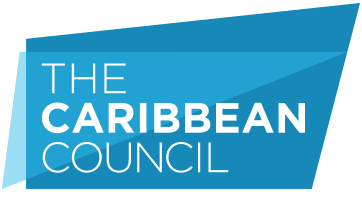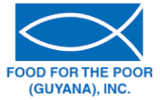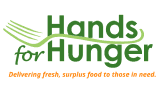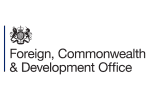4th April 2022
Photo by micheile .com
The Cuban government has said that despite the many difficulties it faces, it believes it will be able to achieve its target of a 4% increase in GDP this year.
Noting this, the Minister of Economy and Planning, Deputy Prime Minister Alejandro Gil, observed that in the first three months of 2022 there had been a “gradual recovery” but that this would not be able to make up for the 13% overall fall in GDP that occurred in 2020 and 2021.
In his reported remarks to meetings of the Council of Ministers, the trades unions, and provincial governors, Gil said that the country had begun a gradual recovery from the impact of COVID-19, the intensification of the US embargo, and the more recent impact of the conflict between Russia and Ukraine. He cautioned, however, that as the price of food and fuel increased internationally, Cuba’s internal market would have to become more efficient and productive.
Gil noted that while exports were increasing, the country must also address negative economic factors such as the poor sugar harvest, a drought in many parts of the country, and the negative effect of the conflict between Russia and Ukraine on tourism arrivals from Russia.
Speaking to the Central de Trabajadores de Cuba (CTC) on 26 March he made clear that to achieve forecast growth, much would depend on being able to meet tourism visitor forecasts. Although February arrivals were only 66.3% of what had been planned, he said, Cuba had no intention of giving up its objective of seeing 2.5mn international visitors this year.
Telling union leaders that his immediate economic priorities were addressing the cost of power generation and inflation, Gil indicated that the challenge government faced was maintaining existing electricity rates and the price of fuel at a time when cost of fuel had increased substantially.
He also expressed concern about the inflationary effect that the informal exchange of convertible currency was having, in part resulting from tourism. On the battle against inflation, he was quoted as saying that government had “bet on a growth in supply” but warned that the results would not be seen quickly.
“Our economic model recognises the market but regulates it. It is not a free market – it is limited- there must be rationality in prices,” he told CTC delegates attending an annual evaluation meeting.
Subsequently, Gil noted when he addressed a Council of Ministers meeting on 29 March, that although “certain economic indicators” for February had been more favourable than January, the overall economic situation remained “tense”. Despite this, he said, control of the pandemic was enabling the goods export plan to be fulfilled, tourism was showing “ discreet progress”, and more agricultural products were coming to market
Speaking about exports, he said that in the first two months of 2022 the best-performing sectors were rum, lobster, sea shrimp, other fisheries products, honey, and nickel. Running counter to this, he noted that planned national production of rice, beef and pork had not been met in February, but milk production was improving because of an increase in the price paid to producers. Although there was now “greater stability in supply”, an essential factor in controlling inflation in the country, Gil said that production was still far from satisfying demand.
Addressing the measures needed to tackle inflation, he said that more direct action was required. “It is not just about issuing a resolution from the Ministry of Finance and Prices that establishes certain parameters, [but] we must combat this, arguing with cost sheets in hand,” Cuba’s state media reported him saying.
At the same meeting President Díaz-Canel made clear that while Cuba could not “renounce compliance with the economic plan”, government must undertake constant and realistic updating, taking into account what is being experienced. He also reportedly called for “expanding in a more efficient and effective way, foreign investment in the country.”
Earlier, Gil had outlined to a meeting of provincial governors the details of a revised 2022 plan containing 158 priority actions they will be expected to implement to help stabilise the economy.
These he said included: the adoption of measures to end losses by state enterprises; the creation of commercial contracts with both state and non-state enterprises able to undertake the large scale production of goods containing a low import component; stronger fiscal controls; the gradual establishment of a single price policy for both the state and non-state sectors; the provision of more quality employment in services; developing the participation of the non-state sector as a supplier of goods to stores and store chains selling in CUP; and the transformation of the governance of state enterprises.
“Each territory is responsible for preparing its implementation and compliance programme, broken down to the level of popular council and neighbourhood,” Gil told participants.





